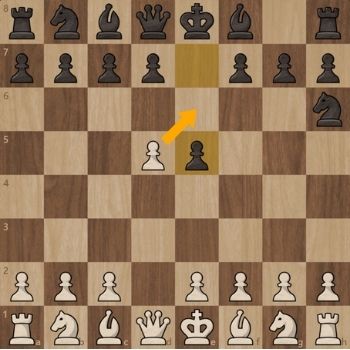No Products in the Cart
In Chess, an illegal move is when a piece moves outside of the boundaries of its defined abilities. Illegal moves include ones that are otherwise legal but expose that player’s King to check. It is also an illegal chess move to leave your king in check. There are also chess moves that have to meet certain criteria to be legal. This includes moves such as promotion and castling.
Chess is a board game played between two players. It is sometimes called Western chess or international chess to distinguish it from related games such as xiangqi and shogi. The current form of the game emerged in Southern Europe during the second half of the 15th century after evolving from chaturanga, a similar but much older game of Indian origin. Today, chess is one of the world's most popular games, played by millions of people worldwide.
Chess is an abstract strategy game and involves no hidden information. It is played on a square chessboard with 64 squares arranged in an eight-by-eight grid. At the start, each player (one controlling the white pieces, the other controlling the black pieces) controls sixteen pieces: one king, one queen, two rooks, two bishops, two knights, and eight pawns. The object of the game is to checkmate the opponent's king, whereby the king is under immediate attack (in "check") and there is no way for it to escape. There are also several ways a game can end in a draw.
Organized chess arose in the 19th century. Chess competition today is governed internationally by FIDE (International Chess Federation). The first universally recognized World Chess Champion, Wilhelm Steinitz, claimed his title in 1886; Magnus Carlsen is the current World Champion. A huge body of chess theory has developed since the game's inception. Aspects of art are found in chess composition, and chess in its turn influenced Western culture and art and has connections with other fields such as mathematics, computer science, and psychology.



